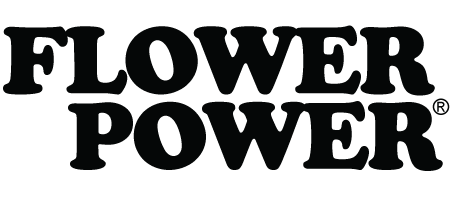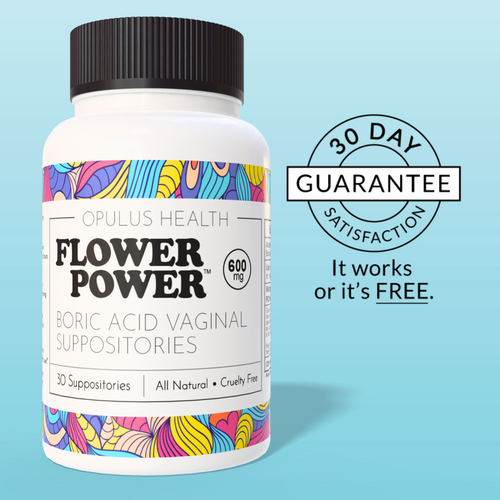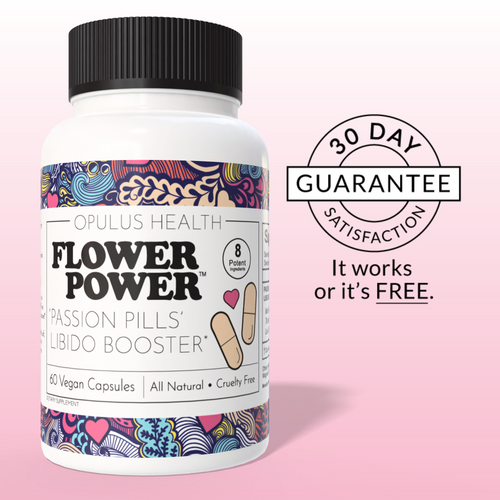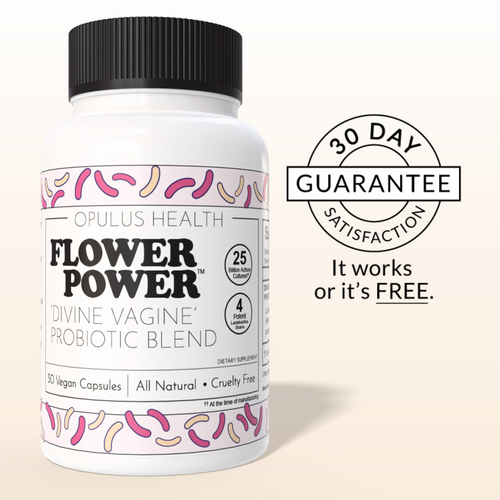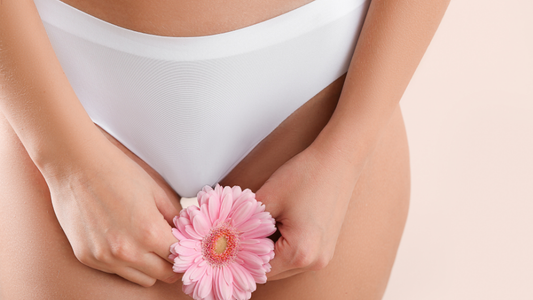Pregnancy and childbirth are often described as life-changing—and for good reason. Beyond the emotional transformation, the body undergoes one of the most dramatic hormonal shifts it will ever experience. While most discussions about postpartum recovery focus on sleep deprivation, emotional well-being, or breastfeeding, vaginal health is a crucial yet frequently overlooked aspect of this transition.
Hormones drive many of the changes that new mothers notice, including dryness, irritation, pain during intimacy, changes in vaginal pH, and an increased susceptibility to infections. These are not random symptoms but direct consequences of the interplay between estrogen, progesterone, prolactin, and oxytocin after delivery.
Understanding how these hormones fluctuate and the impact they have on vaginal tissues can help women make informed choices about care, comfort, and long-term wellness.
The Immediate Hormonal Shift After Birth
During pregnancy, estrogen and progesterone levels rise steadily to support fetal growth, maintain the uterine lining, and prepare the body for labor. Within hours of childbirth, however, both hormones drop sharply. This abrupt decline is necessary for the body to reset, but it also triggers a chain reaction across different systems—including the vagina.
Estrogen, which was abundant during pregnancy, suddenly plummets. Vaginal tissues that had enjoyed elasticity, moisture, and rich blood supply during gestation now face the challenge of reduced lubrication and thinning. Progesterone, which plays a role in modulating inflammation and supporting tissue repair, also declines, slowing the healing of any perineal tears or vaginal trauma from delivery.
For many women, the sensation is immediate: dryness, sensitivity, and sometimes even burning, which can feel confusing and discouraging during an already vulnerable stage.
Estrogen’s Role in Vaginal Tissue
To understand why estrogen is so critical, it is helpful to examine its effects on a cellular level. Estrogen stimulates the production of glycogen in vaginal epithelial cells. Glycogen, in turn, nourishes beneficial lactobacilli—bacteria that maintain a healthy vaginal microbiome and an acidic pH. This ecosystem not only keeps the vagina comfortable but also defends against infections.
When estrogen levels drop postpartum, glycogen production decreases. The result is fewer lactobacilli, a higher pH, and greater susceptibility to bacterial vaginosis or yeast infections. On top of this, estrogen withdrawal thins the vaginal epithelium and reduces natural lubrication. The outcome is dryness, irritation, and pain during intimacy, sometimes lasting for months, especially in breastfeeding women.
Progesterone and the Healing Process
Progesterone is often overshadowed by estrogen in conversations about vaginal health, but it deserves equal attention. While estrogen primarily ensures moisture and elasticity, progesterone influences repair and resilience.
After delivery, when progesterone drops, the vaginal tissue’s ability to heal microtears and perineal trauma can slow down. Inflammation may linger longer, and collagen formation—key for restoring structural strength—may be less efficient. This is why some women notice tenderness and delayed recovery well into the postpartum period.
In short, low estrogen creates dryness, while low progesterone challenges tissue repair. Together, they form the perfect storm for vaginal discomfort.
Prolactin, Breastfeeding, and Vaginal Dryness
For breastfeeding mothers, prolactin is the hormone of the moment. It ensures milk production and sustains lactation, but it comes with a hidden cost: it suppresses estrogen production.
The hypoestrogenic state caused by prolactin explains why many women continue to experience vaginal dryness as long as they breastfeed. This dryness is not just uncomfortable—it can increase the risk of microtears during intimacy, heighten irritation, and alter the vaginal microbiome further.
It is important to emphasize that this is not abnormal. Vaginal dryness during breastfeeding is a direct hormonal consequence, not a reflection of libido, attraction, or emotional readiness for intimacy. Framing it this way helps remove stigma and guilt from the postpartum experience.
Oxytocin: More Than the “Love Hormone”
Oxytocin surges during breastfeeding and skin-to-skin contact, reinforcing the bond between mother and baby. It also triggers uterine contractions that help the uterus return to its pre-pregnancy size.
But oxytocin’s role in vaginal health is nuanced. While it can enhance sensitivity and promote sexual arousal, it does not directly counteract the dryness caused by low estrogen. Some women may feel emotionally ready for intimacy, yet experience discomfort because their vaginal tissues are not physiologically prepared. This disconnect can be confusing, and understanding oxytocin’s limitations can help women approach intimacy with patience and care.
Vaginal pH and Microbiome Shifts
One of the lesser-known effects of postpartum hormones is their influence on vaginal pH. A healthy vaginal environment typically has a pH of 3.8 to 4.5, maintained by lactobacilli metabolizing glycogen. After delivery, as estrogen levels fall and glycogen decreases, the vaginal environment shifts toward a higher, less acidic pH.
This subtle change makes the vagina more hospitable to pathogens and less protective against infections. Postpartum women often report unusual discharge, odor, or recurrent infections, which are linked directly to this hormone-driven pH imbalance. Restoring microbiome health is, therefore, a cornerstone of postpartum vaginal care.
Psychological Hormonal Influences and Libido
The hormonal rollercoaster doesn’t just affect tissues—it also influences mood, energy, and libido. Drops in estrogen and progesterone can contribute to postpartum mood swings, while prolactin and cortisol (the stress hormone) further complicate emotional stability. Low libido, often interpreted as a relationship issue, is frequently a biological outcome of hormonal imbalance combined with fatigue, stress, and vaginal discomfort.
Recognizing that postpartum libido changes are hormonally mediated helps reframe them as natural and temporary rather than problematic or shameful.
Timeline of Postpartum Vaginal Recovery
Vaginal health evolves through distinct postpartum phases:
-
Immediate postpartum (0–6 weeks): Intense hormonal shifts, tissue repair, and early signs of dryness or sensitivity.
-
Early lactation (6 weeks–6 months): Prolactin-driven suppression of estrogen keeps dryness and pH imbalance prominent.
-
Weaning phase: As breastfeeding decreases, estrogen and progesterone gradually return, restoring lubrication and microbiome balance.
Every woman’s timeline is unique, but these phases provide a framework for setting realistic expectations.
Non-Hormonal Strategies for Vaginal Wellness
Not every woman is comfortable with or eligible for hormone-based therapies, especially while breastfeeding. Non-hormonal strategies can make a significant difference:
-
Diet and hydration: A diet rich in omega-3s, antioxidants, and adequate water intake supports mucosal health from the inside out.
-
Supplements: Plant-based options such as Slippery Elm Bark, Flower Power’s hero ingredient, provide mucilage that retains moisture and soothes vaginal tissue naturally.
-
Probiotics: Reintroducing lactobacilli through diet or supplementation helps restore pH balance and protect against infections.
-
Lubricants and moisturizers: High-quality, hormone-free products can provide immediate relief during intimacy, though they are temporary solutions.
These options allow women to support their vaginal health without compromising breastfeeding or relying on hormones.
Hormone-Based Interventions: When to Consider Them
For women with severe symptoms—persistent pain, recurrent infections, or significant impact on quality of life—healthcare providers may suggest low-dose vaginal estrogen therapy. This localized treatment can rapidly restore lubrication, improve elasticity, and rebalance the vaginal environment.
However, not all women feel comfortable using hormones postpartum, and medical guidance is essential to weigh the benefits and potential risks, especially during lactation. A tailored approach ensures safety and effectiveness.
Long-Term Considerations for Vaginal Health After Childbirth
Postpartum hormones eventually stabilize, but childbirth itself can leave lasting impacts on vaginal elasticity and pelvic floor strength. Even after estrogen and progesterone levels normalize, some women experience changes in lubrication or sensitivity. Incorporating pelvic floor exercises, gentle self-care routines, and ongoing use of natural supplements helps preserve long-term vaginal wellness.
The key is recognizing that vaginal health does not automatically “bounce back” once hormones stabilize—proactive care matters.
Common Misconceptions About Postpartum Vaginal Changes
Many myths surround postpartum vaginal health. Some women worry that dryness or discomfort means they are “broken” or lacking desire. Others confuse symptoms of hormonal dryness with a lack of arousal. These misconceptions perpetuate shame and prevent women from seeking solutions.
The truth is that postpartum vaginal changes are biological, temporary, and manageable. They do not define femininity, desirability, or identity. Open conversations and access to safe solutions are essential to dismantling this stigma.
Holistic Recovery: Beyond Hormones Alone
Supporting postpartum vaginal health requires a holistic lens. Beyond addressing dryness, women benefit from strategies that integrate physical, emotional, and lifestyle factors:
-
Staying hydrated to support mucosal tissues
-
Choosing hormone-free supplements for consistent hydration
-
Practicing pelvic floor strengthening for elasticity
-
Maintaining gentle hygiene that respects the vaginal microbiome
-
Seeking professional support for both physical and emotional needs
This multidimensional approach ensures that recovery addresses both comfort and confidence.
Reframing Postpartum Vaginal Health
The narrative of postpartum recovery often prioritizes weight loss or external appearance, overshadowing intimate health. Yet vaginal wellness is central to overall quality of life. Understanding the hormonal drivers behind postpartum changes empowers women to take control of their health rather than feeling at the mercy of symptoms.
By reframing vaginal health as a normal, expected part of recovery—not a taboo or embarrassing issue—we create space for women to heal openly and effectively.
Moving Forward With Confidence
Postpartum hormones undeniably reshape vaginal health. From lubrication and elasticity to microbiome balance and libido, the impact is profound but manageable. Whether through natural supplements, probiotics, or medically guided therapies, women have tools to navigate this transition with comfort and confidence.
At Flower Power®, we believe education is empowerment. By demystifying postpartum hormonal changes and offering safe, hormone-free solutions, we help women reclaim their natural moisture and embrace recovery with compassion. Postpartum vaginal changes are not setbacks—they are part of the body’s remarkable ability to adapt, heal, and thrive.
